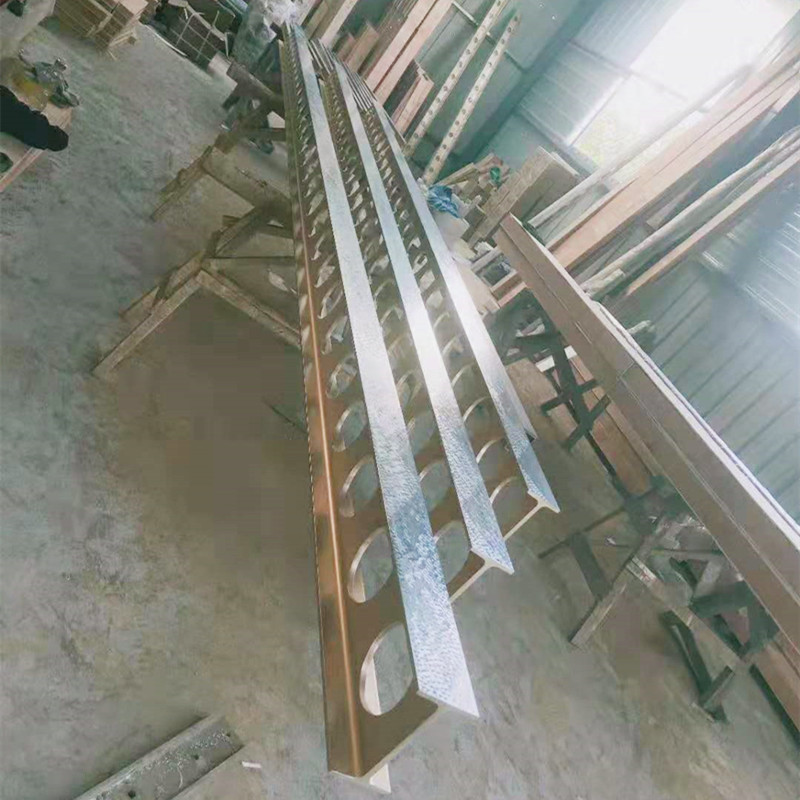Aza . 06, 2024 15:44 Back to list
High-Accuracy Cast Iron Surface Plates for Precision Measurement Applications
Precision Cast Iron Surface Plates Ensuring Accuracy in Measurements
In the world of manufacturing and engineering, precision is paramount. One of the key tools that facilitate measurement accuracy is the precision cast iron surface plate. These robust tools play a critical role in various settings, from machine shops to laboratories. Understanding their importance and features can help industries improve their measurement techniques significantly.
What is a Precision Cast Iron Surface Plate?
A precision cast iron surface plate is a flat tool used as a base for mounting machinery or as a reference for measurement. Made from high-quality cast iron, these plates are designed to provide a stable and accurate reference surface. They are known for their durability and resistance to wear, making them an ideal choice for precision machining processes.
Surface plates are manufactured using a process that ensures they maintain a high degree of flatness. They can be made through sand casting, followed by a series of grinding and lapping processes to achieve the required surface finish and accuracy. The precision of these plates can dramatically impact the quality of the measurements taken with them.
Importance of Flatness and Stability
The flatness of a surface plate is its most critical property. A plate that is not perfectly flat can lead to inaccurate measurements, which may result in defects in manufactured products. Precision cast iron surface plates are typically graded by their flatness and are tested against national or international standards.
Stability is another essential characteristic, as environmental factors can affect the measurements. Temperature changes can cause surface plates to expand or contract; therefore, high-quality cast iron plates are chosen because they have excellent dimensional stability. This reliability ensures that measurements remain consistent, even as operating conditions change.
Applications of Precision Cast Iron Surface Plates
Precision cast iron surface plates are utilized in various industries, including aerospace, automotive, and precision engineering
. They serve multiple functions, such as being a reference surface for inspection, setup for machining processes, and a base for various measuring instruments such as calipers and gauges.precision cast iron surface plate

In quality control departments, these plates are indispensable. They enable operators to measure components accurately, ensuring that each part meets strict design specifications. Moreover, their durability allows for extensive usage over time without significant degradation in accuracy.
Maintenance and Best Practices
To maintain the integrity and longevity of precision cast iron surface plates, proper care is essential. Here are some best practices for maintenance
1. Cleaning Regularly clean the surface of the plate to remove any debris or contaminants. Use a soft cloth and avoid abrasive cleaners to prevent scratching.
2. Environment Control Store the plates in a controlled environment to prevent corrosion and thermal expansion. Ideally, the temperature and humidity levels should be regulated.
3. Periodic Calibration Regularly calibrate the surface plate to ensure it meets accuracy standards. This may involve using precision levels and dial indicators.
4. Inspection Conduct routine inspections for any signs of wear or damage. Any irregularities should be addressed immediately to maintain measurement accuracy.
5. Safe Handling Always handle the surface plate with care, using appropriate lifting techniques to avoid dropping or damaging the plate.
Conclusion
Precision cast iron surface plates are essential tools for achieving high accuracy in measurements across numerous industries. Their durability, stability, and flatness ensure that they provide reliable reference surfaces, critical for any precision-engineering task. By understanding their importance and adhering to proper maintenance practices, organizations can enhance their measurement accuracy, leading to improved product quality and operational efficiency. As industries continue to evolve and demand higher precision, the role of these surface plates will remain fundamental to ensuring that standards are met and exceeded.
-
Why Metric Trapezoidal Thread is Ideal for Precision Motion ControlNewsAug.05,2025
-
The Unique Properties of a Block of Granite for Industrial UseNewsAug.05,2025
-
The Role of Flanged Y Strainers in Preventing Pipeline ClogsNewsAug.05,2025
-
The Importance of Regular Calibration for Master Ring GagesNewsAug.05,2025
-
How a Cast Iron Surface Table Enhances Accuracy in ManufacturingNewsAug.05,2025
-
Comparing Different Check Valve Types for Optimal Flow ControlNewsAug.05,2025
Related PRODUCTS









